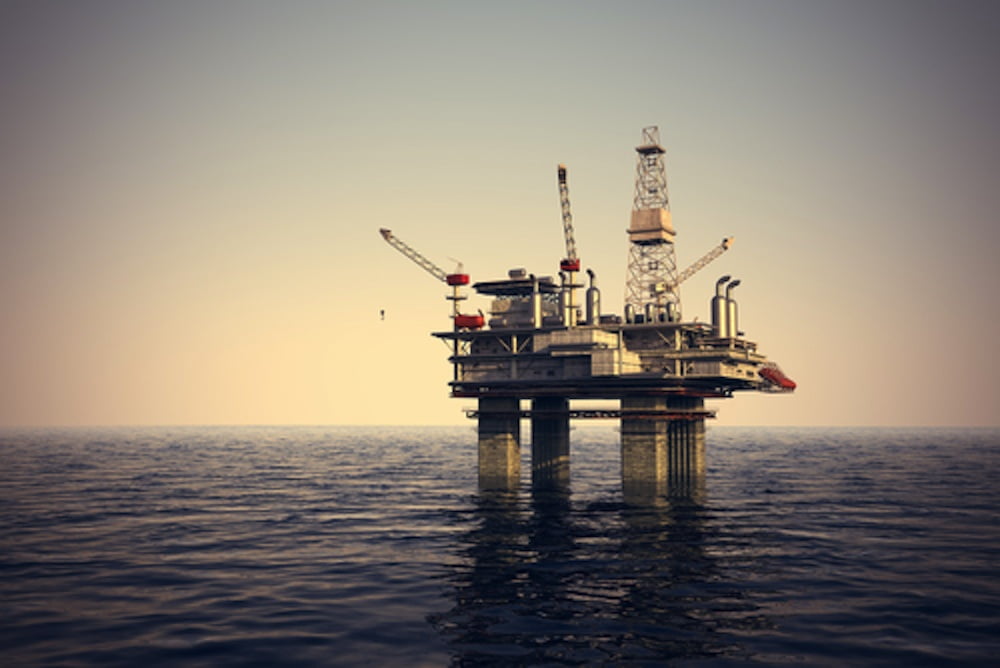What are the Environmental Requirements for Enclosure Air Conditioners in Petrochemical Plants?

Petrochemical plants handle chemicals that are flammable and corrosive. Due to the hazardous nature of these flammable products, there is an ongoing risk of fire and explosion that has to be mitigated.
A fire or explosion may occur if three requirements are met: the presence of a flammable substance, an oxidizer, and a source of ignition. As air contains sufficient oxygen to support fire, mitigation strategies focus on preventing the release of flammable substances and the avoidance of sources of ignition.
Electrical enclosures and enclosure air conditioners in hazardous areas must meet minimum safety standards and comply with NEC, NFPA, and OSHA requirements.
Hazardous Area Classification
The hazardous area classification has four main components: Class, Division, Group, and Temperature Rating:
- Definition of Class: There are three Classes of hazardous areas: Class I, where flammable gas or vapor may be present; Class II, where combustible dust may be present; and, Class III, where ignitable fibers exist.
- Division: There are two Divisions: Division I, where an ignitable substance exists under normal operating conditions, and Division II, where an ignitable substance will only be present under abnormal conditions.
- Group: The Group defines how flammable or explosive a material is. Group A is the most explosive group and contains acetylene, Group B includes substances like hydrogen and ethylene oxide, while Group C includes ethylene. Group D is the least explosive group and includes propane, ammonia, gasoline, and natural gas. Groups E to G include various explosive dusts.
- Temperature Rating: This is the maximum surface temperature allowed for electrical equipment. This temperature may not exceed the ignition temperature of the gas or vapor that is likely to be present. The most lenient rating, T1, allows for a maximum surface temperature of 842 ºF, while the more stringent T5 rating requires that surface temperatures do not exceed 212 ºF.
Electrical Enclosures in Hazardous Areas
Electrical equipment enclosures are generally placed in areas where the risk is lowest and are rarely found in areas that exceed the requirements for Class I, Division II. Generally, no equipment is placed in Group A areas, owing to the extremely explosive nature of acetylene.
Hence, the appropriate electrical enclosure air conditioning package suited to the petrochemical industry should comply with Class I, Division II, Groups B, C and D requirements.
Corrosion Protection
Apart from the fire and explosion hazard in petrochemical plants, there is the risk of exposure to corrosive chemical vapors. Corrosive chemicals found in refineries include hydrofluoric acid, sulfuric acid, hydrogen chloride, and sulfur compounds.
Enclosure air conditioners used in these environments should be manufactured from stainless steel to limit corrosion and cosmetic degradation. Additionally, exposed copper components such as condenser coils should be protected with electrostatically applied epoxy paint.
Benefits of Enclosure Air Conditioners in Petrochemical Plants
Enclosure air conditioners provide electrical enclosures with protection against overheating and the risk of an electrical failure that could lead to a power outage or, in the worst case scenario, a fire. Added protection can be provided by installing remote monitoring equipment in plant control rooms to monitor electrical enclosure temperatures and give early warning of any malfunction. Thermal Edge sales staff is fully trained to provide advice and guidance on the selection of hazardous area enclosure air conditioners.


